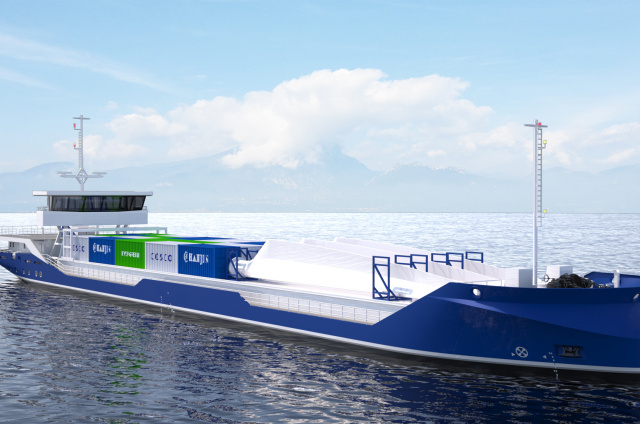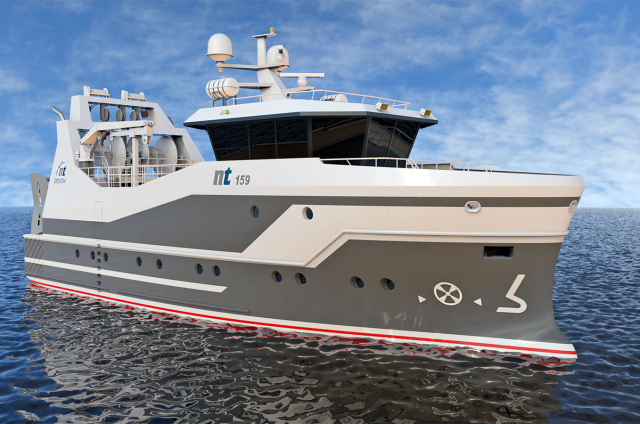Vessel design process is complex and consists of many stages. These are the sum of activities aimed at detailing initial assumptions. In the initial design phase, we propose hull shape. It’s functioning is based on the mass prediction and centre of gravity location evaluation. Evaluation based on statistical data extracted from the similar ships database. At this particular design stage, fully aware of almost certain upcoming shape optimization, investing time and resources in other than empirical resistance prediction would be simply uneconomical.
As the project develops, level of detail increases. Preliminary resistance prediction located us in specific main drive power range. General Arrangement is already operational, so we are aware of essential components. Structures and systems designs have been implemented providing us with quite reliable mass data. Now it’s time to proceed with shape optimization based on CFD analyses. Many loops, man-hours and computing time later, we end up with optimised hull.
Simultaneously, detail design is already forming. Suppliers and contractors offer their devices and materials. Shipyard rubs their hands to work, urging to deliver documentation, however […] Considering the multi-million investment and the vessel's lifespan of not less than 30 years, during which each 1% reduction in energy demand will translate into millions of $ of savings on fuel - is it reasonable to refrain from verification and one last optimization attempt? Despite the significant cost, the answer is no – it is not worth resigning from scale model tests. We conduct them in their entirety, obtaining reliable information about resistance, efficiency of propulsion, nominal wake, manoeuvrability and seakeeping properties.


Empirical prediction of ship resistance vs CFD vs Model tests
Empirical predictions, CFD analyses and scale model tests. Each of mentioned methods has one primary goal – hull resistance evaluation, crucial for the overall vessel efficiency. Regardless of chosen method, goal will be achieved - however, drastically distinguished by the implementation time, its cost, and the credibility of obtained results.
All in good time
What is comming
Each of described resistance prediction methods has its assigned place on the project execution timeline. With the advancement of technology concerning software development and growing computing power, scenario of replacing three methods with one (CFD) becomes real. However, before this happens, automation of the process must be well-developed, analyses conduction time demand must be reduced, and the results of predictions in relation to full scale ones must be confirmed on a wide range of different vessel types. It’s this case we are talking about a decade horizon rather than a few years.
Our projects










